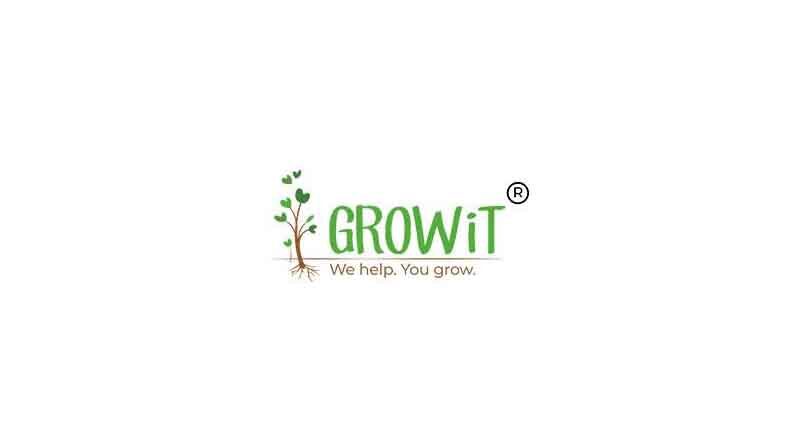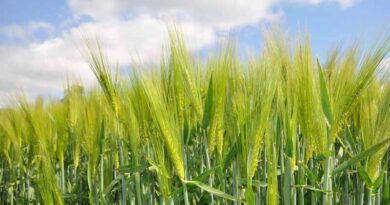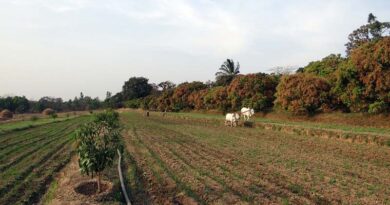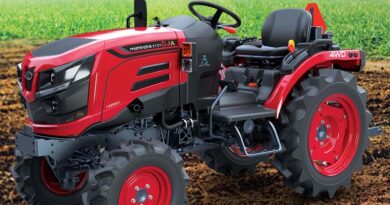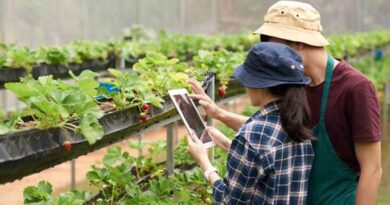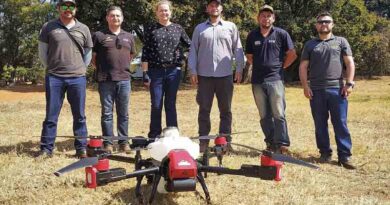How protective farming boosts crop yield even in extreme climatic conditions
Guest Author: Saurabh Agarwal, Director and CEO of GrowiT India Pvt. Ltd
29 December 2022, New Delhi: Crops grown in India are critical for the food supply of its over one billion people and around the globe. Indian farmers supplied agricultural goods worth almost 50 billion USD in FY 2021-22. The country is the world’s largest producer of jute, pulses, and milk and the second-largest producer of wheat, rice, vegetables, sugarcane, groundnuts, cotton, and fruit.
The agriculture sector is also the largest livelihood source in India, with 70% of its rural households being primarily dependent on agriculture. Out of this, as many as 82% of farmers are small and marginal. Although India has achieved excellent triumphs in agriculture, there are still many growing hurdles.
In recent years, mitigating the impact of extreme climate conditions has become a major concern for farming communities across India and the world. According to studies, areas experiencing extreme climate conditions in terms of rain and temperature are associated with poor germination, alterations in harvest quality, lower crop yields, and impaired crop growth.
Overall, the extreme climate could make it more difficult to grow crops and produce agricultural yields.
The Impact of Extreme Weather on Crop Yield
Extreme weather conditions can partially or completely damage crop production. In the past few years, almost one-quarter of all losses from climate-related disasters have been in the agriculture sector in developing nations, including India. According to almost 2,800 reported extreme weather databases between 1964 and 2007 worldwide by the Emergency Events Database, a nation’s cereal production during drought was reduced considerably by 10.1%. At the same time, years of extreme heat had led to production deficits of about 9%, which is equivalent to almost 6 years of production growth.
Likewise, cold weather and excessive snowfall events are creating issues for farmers from time to time. Sub-zero temperatures not only cause damage to crops; they also negatively impact infrastructure and livestock. For starters, frost causes low crop yields by restricting stem growth. Extreme cold spells in recent winters have wreaked havoc on farmers worldwide. Not only crop yield, but the cold and wet conditions due to compaction and water not penetrating the soil result in the freezing of the surface, which can lead to soil damage.
The threat to food security from extreme weather conditions and climate change is a critical issue. With the world population likely to hit 9 billion in the next three decades, we need to be well-equipped to maintain our crop yields. And one effective technique that can help us deal with potential supply shocks is protective farming.
What is Protective Farming?
Crops are exceptionally vulnerable to external weather conditions, and frequent climate changes can damage them and deprive farmers of their yields. In addition, plants also need to be protected from insects, diseases, pollution, and other diverse hazards. It obliges farmers to use various techniques and strategies. Among them is protective farming, or protected cultivation. It is a cropping technique where farmers control the micro-climate surrounding the plant body partially or fully depending on the requirement of the plant species.
Farmers can essentially regulate all factors like humidity, temperature, light, and others as per a crop’s needs. It can be done in two ways: independently or in combination. Both processes offer favorable conditions to crops for optimal growth, resulting in high-quality and maximum yield. With protective farming techniques, farmers can extend the cultivation duration and also carry out off-season crop production. The greenhouse is one of the best examples of the protective farming method.
There are various products farmers can use to increase the crop production and quality of the product regardless of the external climate conditions. These products protect crops from various damaging factors like wind, rain, moisture, snow, chemicals, etc. For example, net houses can reduce the adverse effects of the sun, while mulch films offer protection from weeds while maintaining soil moisture. There are also products like crop covers, shade nets, and more that help farmers produce a high yield with less waste, leading to higher income.
Mitigating Food Security Challenge with Protective Farming
India has a big issue with climatic extremes like floods, droughts, and other weather abnormalities that can lead to regular crop losses and economic losses. Hence, adopting protective farming techniques becomes critical to avoid these harmful conditions.
We can go as far as to say that protective farming is one solution for almost every issue farmers face. With this method, plants can withstand varying and extreme climatic conditions. In addition, these products also prevent soil erosion, increase white root growth by 40% to 50%, reduce soil salinity, and increase crop yield by 40 to 100% depending on the crop.
India’s food supply is very volatile because the country relies on rain and other unreliable climatic events such as floods, droughts, and unseasonal rains. All-around food price increases are affected by such supply-chain inefficiencies. In this light, the importance of environmentally friendly farming practices that use protective measures to boost overall production cannot be overstated.
Also Read: Insecticides (India) launches new fungicide ‘Stunner’ for Downy Mildew disease in Grapes
(For Latest Agriculture News & Updates, follow Krishak Jagat on Google News)

